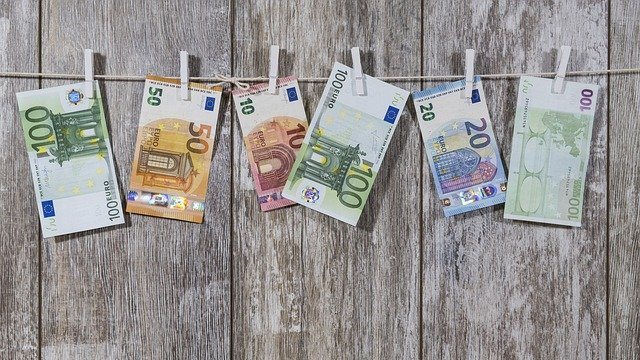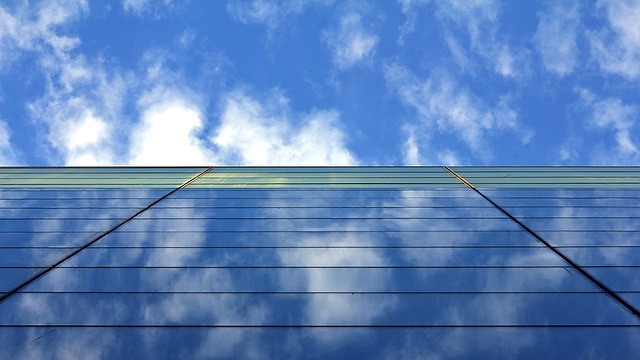Resale Homes return to Pre-Crisis Levels to Meet Booming Demand in Spain
According to reports in the Spanish media, transaction levels for resale homes in the country have returned to peak levels of 2007, due to a shortfall of new homes in the construction pipeline.
In the second quarter of this year, 119,408 flats and buildings changed hands, of which 99,343 were resale or secondhand homes, the same level recorded before the property bubble burst. In contrast, the market for newly built homes remains flat with just 20,065 transactions, some way from the 110,000 new units sold in the first six months of 2007.
What has become evident is that the intensified activity in the resale property market reveals strong and rising demand for homes in Spain. In the absence of supply of new homes, buyers are being forced to find what they’re looking for on the resale market, now showing the strongest signs of price growth in the country.
Spain’s Resale Market Returns to Pre-Crash Buoyancy
The total number of property transactions so far in 2017 is far from the 250,000+ registered in 2006, when ‘brick fever’ was at its height. Although the resale market is now booming, new construction is a sector still to see significant recovery. Although there is more construction visible in Spain and the landscape is now littered with cranes, it is not to the level of 2007 and is placing significant pressure on the nation’s secondhand home sector.
Fernando Encinar of real estate portal Idealista commented: “What are currently being sold are secondhand houses because there is nothing new. It seems that the construction sector is flat and in certain areas the number of unfinished developments has become critical. This is because cities like Madrid and Barcelona have almost stopped issuing building permits, despite unnaturally high demand. And if new homes are not built, we will see a very strong price hike.”
Spanish Housing sees the Green Shoots of Recovery
For those seeking to buy a home in Spain, the secondhand or resale market is most likely to be where they find the right purchase. In addition to resale properties currently on the market, there is other inventory belonging to banks and developers that are yet to be released for general sale. This indicates that at some stage in the future, there may be a flood of resale properties entering the marketing which will ultimately apply downward pressure on prices.
International buyers remain a consistently strong presence in Spain’s property market, representing 13% of transaction activity, buying 15,600 homes between April and June. The British are the largest group of foreign buyers, taking 15% of the market share followed by the French at 8.5% and Belgians 7.8%.
Spanish Property Prices still below 2007 Levels
Property registrars have mortgages granted. In 2007, the average mortgage granted exceeded €150,000 and in the second quarter of this year, it stood at €115,769. Across Spain, the maximum average house price was registered in Madrid, at €184,223, at €223,636 in mid-2007.
The real estate crisis in Spain followed the international financial crisis, when Euribor, the index to which the vast majority of variable rate mortgages in Spain are linked was at its highest, reaching 5.4%. Since then it has plummeted to negative rates, although the recent recovery in the resale market has triggered an increase in take-up of fixed-rate mortgages.
In fixed mortgages, banks set slightly higher interest rates than Euribor, which raises their margin in the short term. In return, buyers are guaranteed fixed fees and no surprises during the term of the mortgage, even if market conditions change. 38.5% of mortgages signed between April and June were fixed, whereas in the second quarter of 2007 they were residual at just 1.2%.




